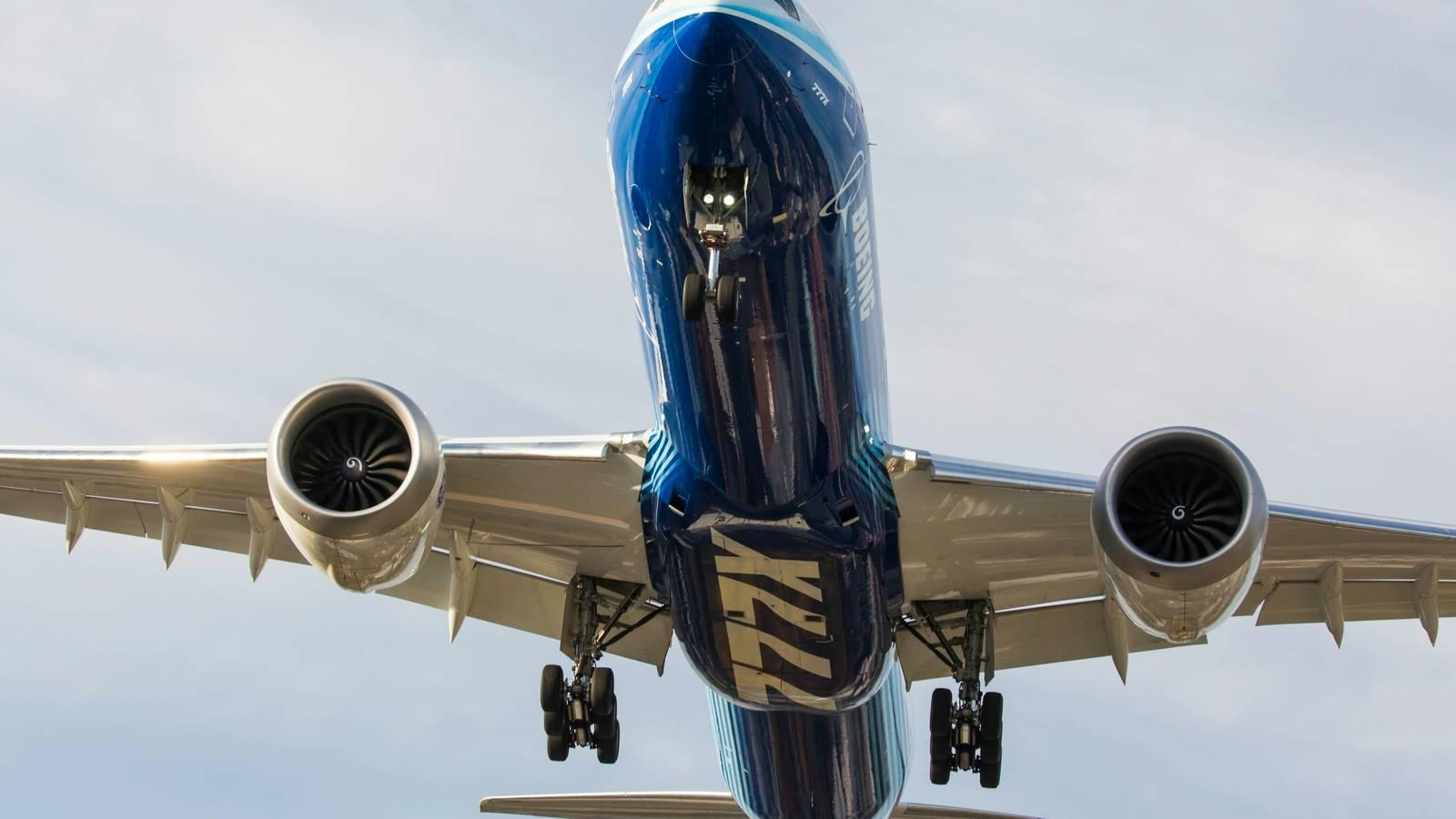
AeroGenie — Seu copiloto inteligente.
Tendências
Categories
Congress Questions FAA on Staffing Cuts and AI Use Amid Safety Concerns

Congress Questions FAA on Staffing Cuts and AI Use Amid Safety Concerns
Lawmakers Raise Alarms Over Staffing Reductions
As the complexity of American airspace intensifies with the proliferation of drones and other emerging technologies, Congress has intensified its scrutiny of the Federal Aviation Administration’s (FAA) safety oversight practices. Eleven U.S. Senators, led by Mark Warner (D-VA), Tim Kaine (D-VA), and Ed Markey (D-MA), have formally challenged the FAA regarding recent reductions in critical safety analysts and support personnel. In a letter dated July 2025, the senators expressed “significant concern” that these staffing cuts are impairing the agency’s capacity to thoroughly investigate thousands of near-miss incidents. Evidence suggests that numerous close calls at major airports have gone unexamined due to limited resources, potentially leaving serious risks unaddressed.
The senators have requested comprehensive documentation detailing the extent of workforce reductions, emphasizing that the loss of human expertise could weaken oversight at a time when airspace is becoming increasingly congested and complex. This issue is particularly urgent as the FAA integrates new categories of airspace users, including commercial drones and air taxis, which demand vigilant and nuanced monitoring.
The Promise and Challenges of AI Integration
In response to shrinking personnel numbers, the FAA has accelerated the deployment of artificial intelligence (AI) technologies to assist with tasks such as analyzing near-miss data and managing drone operations. While AI offers the potential to expedite data processing and streamline operational approvals, Congress insists that these technologies must augment rather than replace human judgment. Lawmakers have sought detailed information on the accuracy, limitations, and training protocols associated with the FAA’s AI tools.
Senator Markey underscored this concern, stating, “Automation cannot override accountability. When lives are at stake, we need human eyes validating algorithmic outputs.” The FAA’s efforts to finalize Beyond Visual Line of Sight (BVLOS) drone regulations by late 2025 will depend heavily on AI-driven detect-and-avoid systems. Although these systems promise increased efficiency and faster approvals, Congress is demanding robust safeguards to ensure that human oversight remains central to all safety-critical decisions.
Industry Response and the Path Forward
The FAA’s strategy has drawn heightened scrutiny from industry stakeholders and the public alike, with some expressing skepticism about the agency’s ability to uphold safety standards amid staffing reductions and rapid technological change. Aviation competitors are responding by leveraging AI to enhance their own operational efficiencies while emphasizing strong safety protocols to address regulatory and public concerns.
Internally, FAA documents acknowledge challenges such as low staff morale and the pressing need for modernization. The agency has signaled a proactive approach to addressing these issues even as it navigates the complexities of integrating new technologies into the national airspace system.
Drones are revolutionizing sectors ranging from infrastructure inspection to emergency deliveries, but their safe integration requires rigorous regulatory frameworks. The FAA’s forthcoming BVLOS regulations aim to standardize AI-powered risk assessments and operational thresholds. However, lawmakers and external experts, including those at MIT’s Aerospace Controls Lab, caution that over-reliance on opaque algorithms could introduce unforeseen vulnerabilities.
As the FAA pursues modernization, Congress’s message remains unequivocal: technology must enhance, not eclipse, human expertise. Safeguarding the integrity of U.S. airspace will demand sustained collaboration among lawmakers, industry leaders, and the public to balance innovation with uncompromising safety standards.
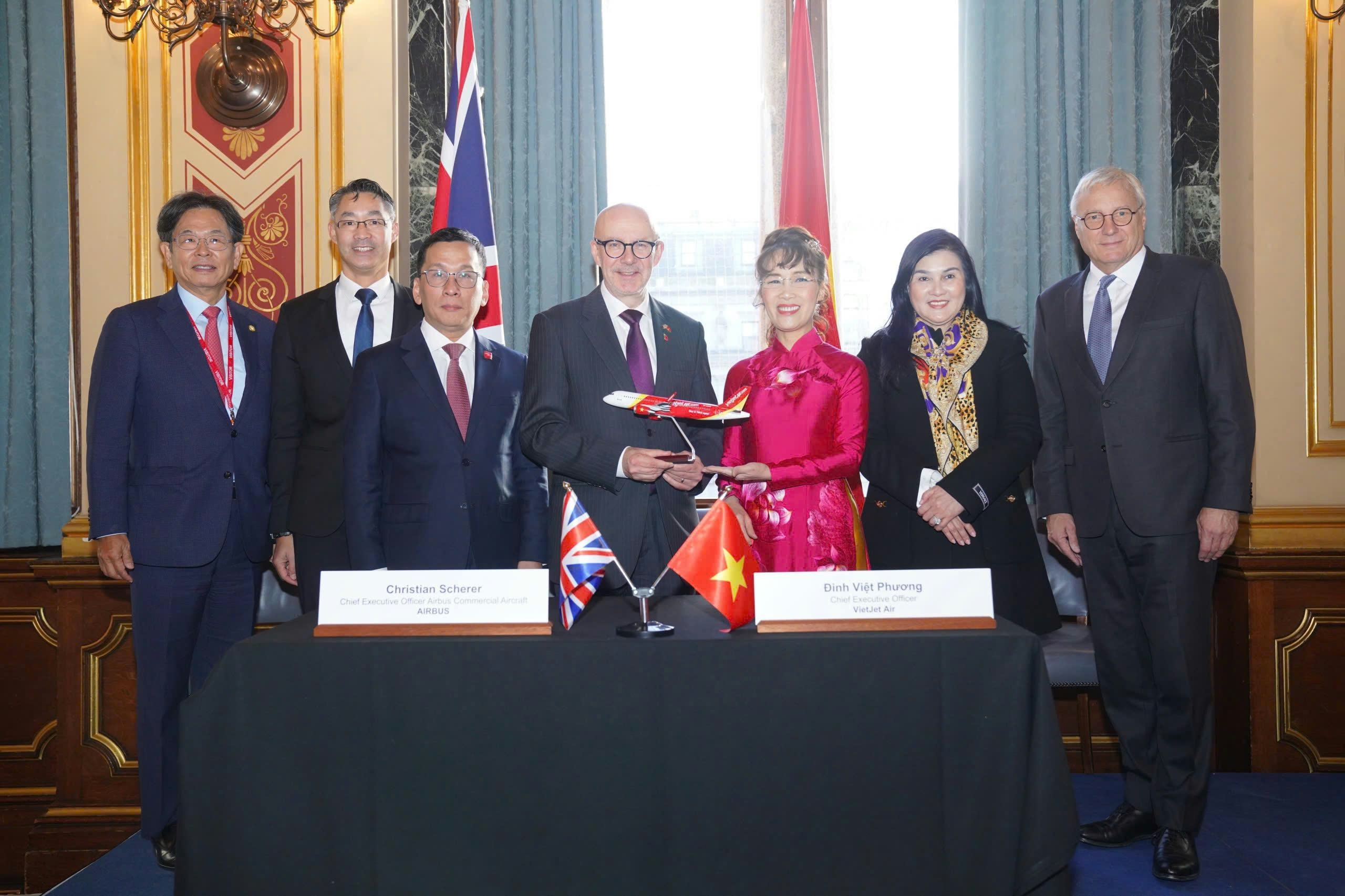
Vietjet Places Order for 100 Airbus A321neo Aircraft

Joby Aviation Shares Rise 5.6% Following AI Partnership with NVIDIA
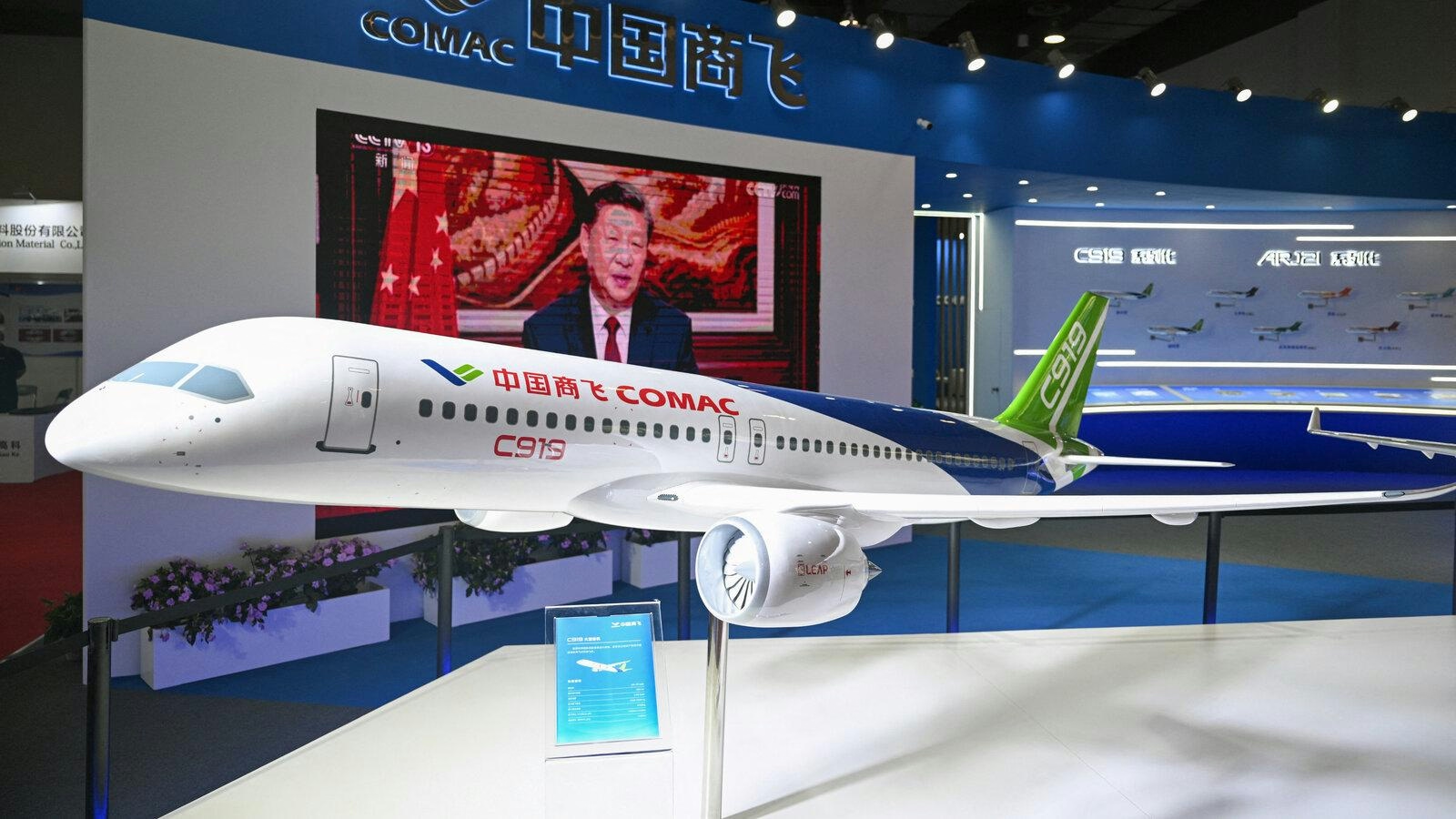
Malaysia Aviation Group Weighs COMAC C919 Amid Delivery Delays

Miami to Host AeroSummit 2026, Highlighting Aviation Innovation
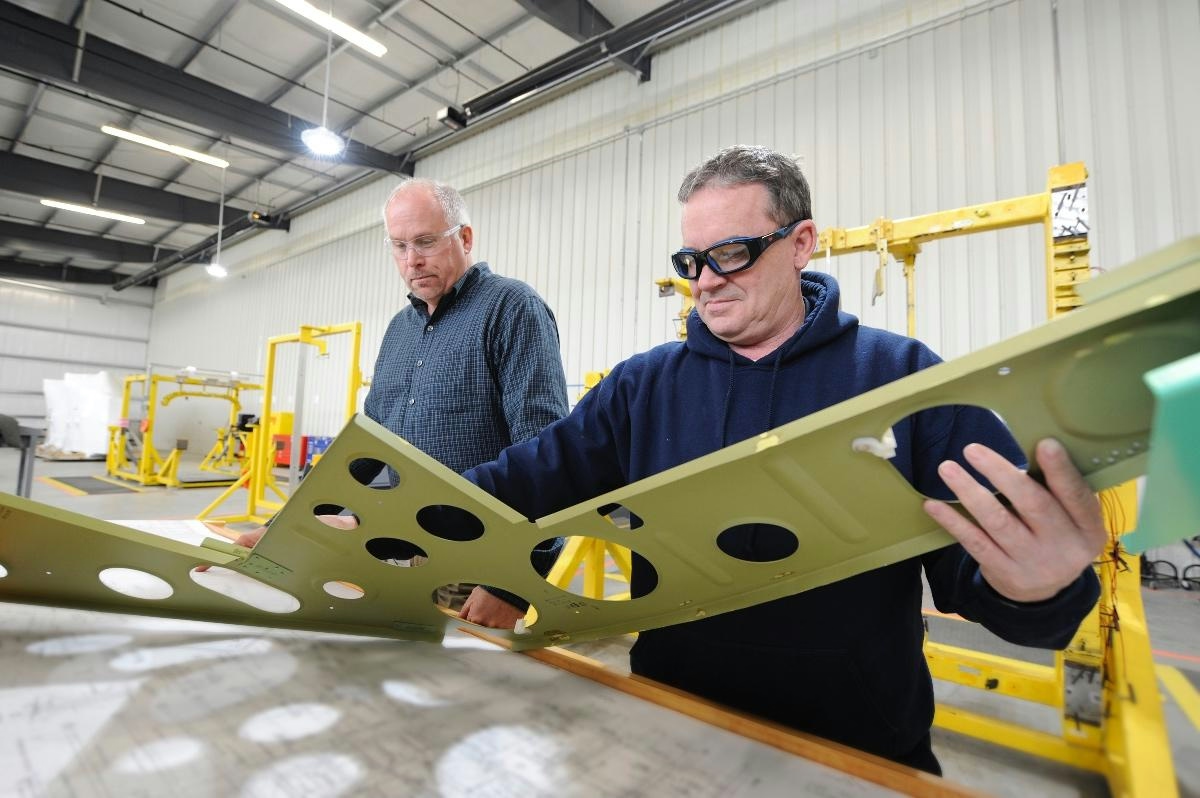
Aloft AeroArchitects Seeks Collaboration with Aviation Industry
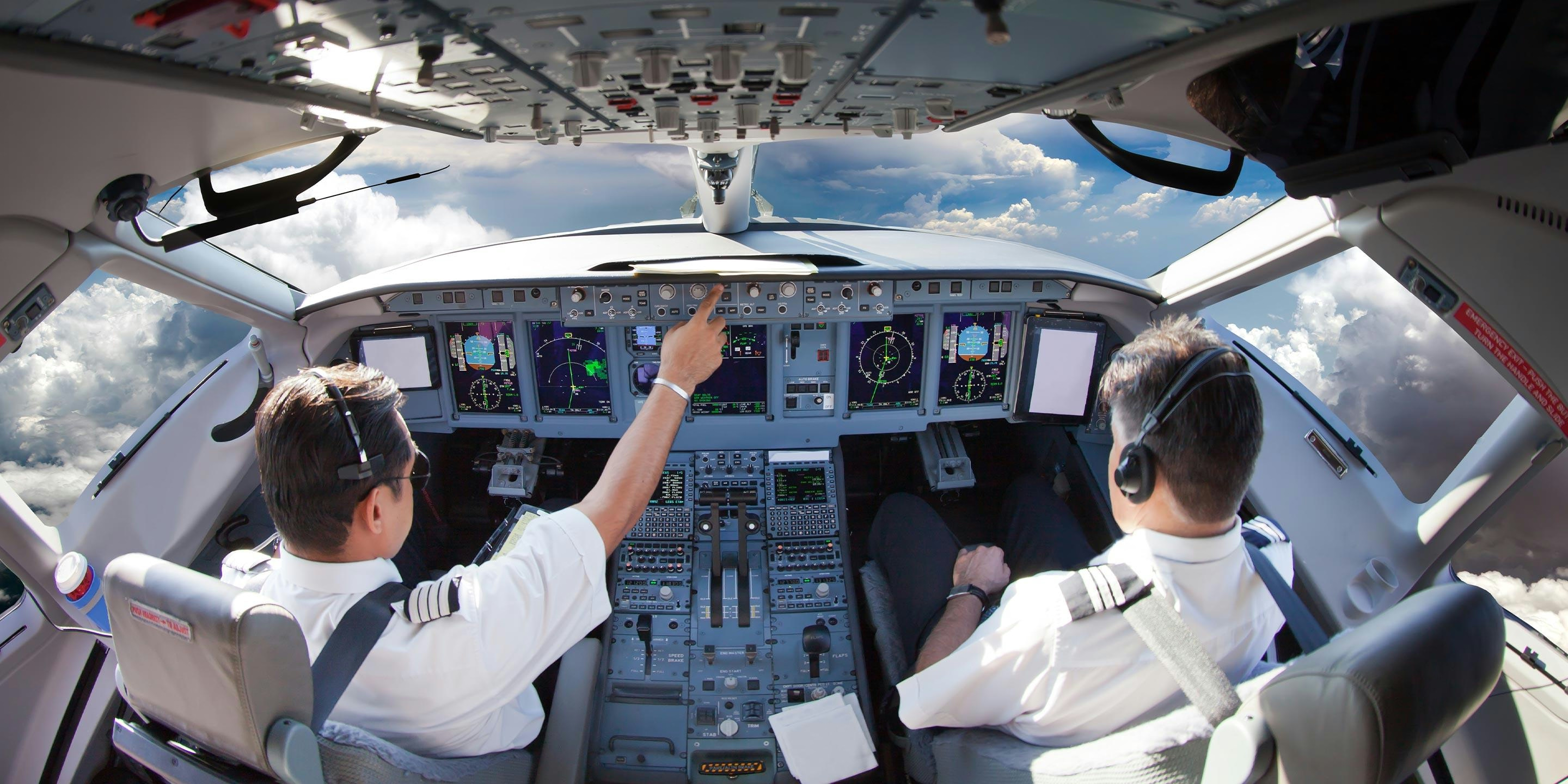
Honeywell Introduces Software to Combat GPS Jamming and Spoofing
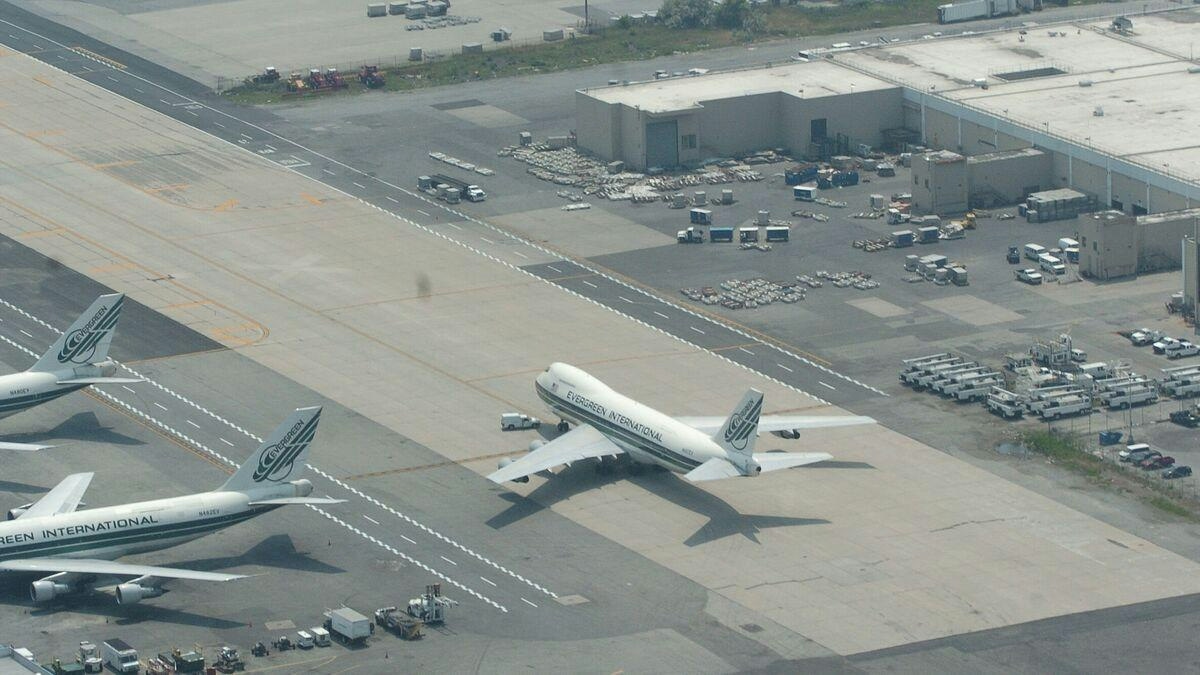
JFK Ground Stop Issued Following Engine Issue on Puerto Rico Flight
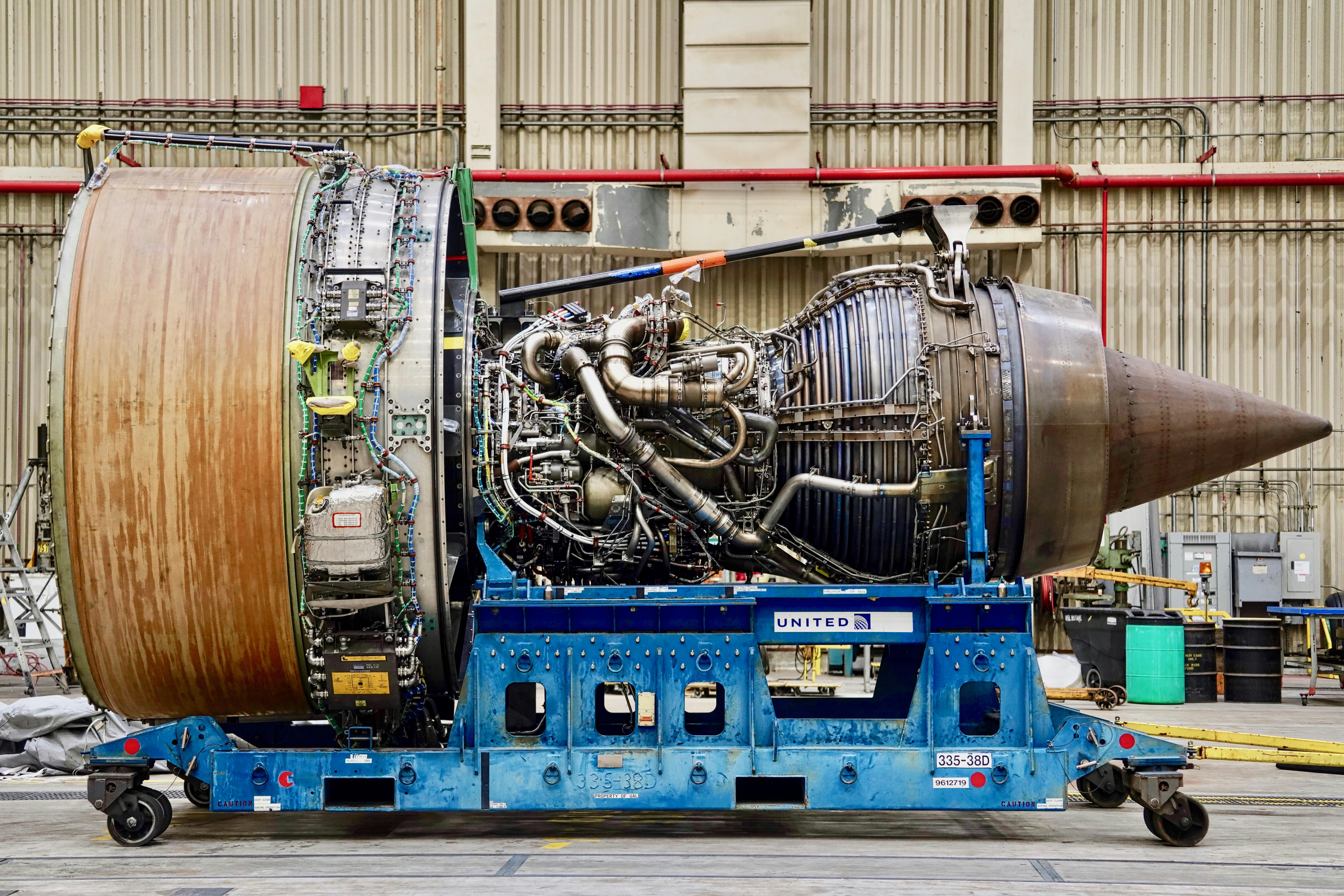
Comparing Rolls-Royce and General Electric Aircraft Engines
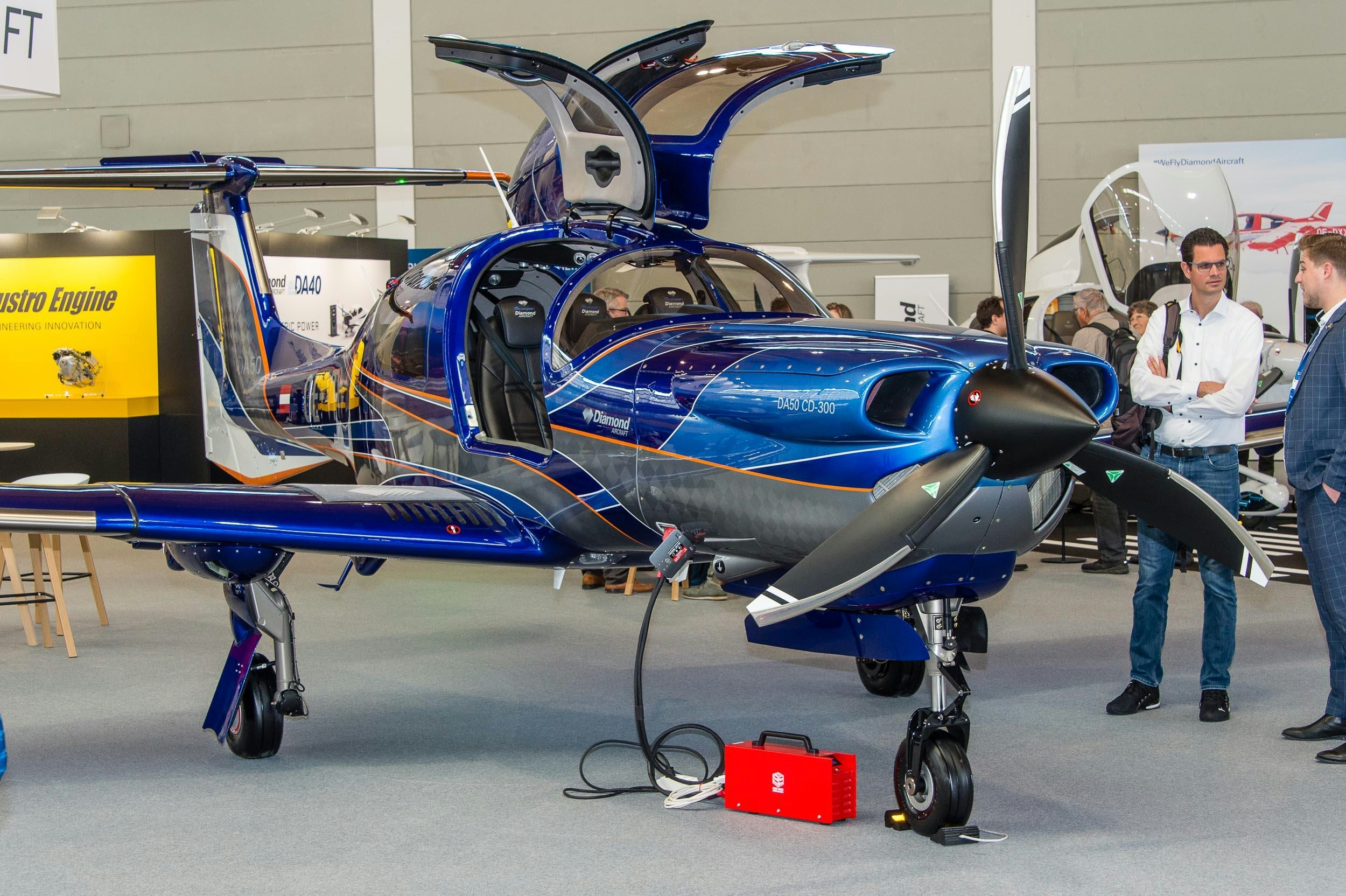
Diamond DA50 RG Receives Transport Canada Certification
